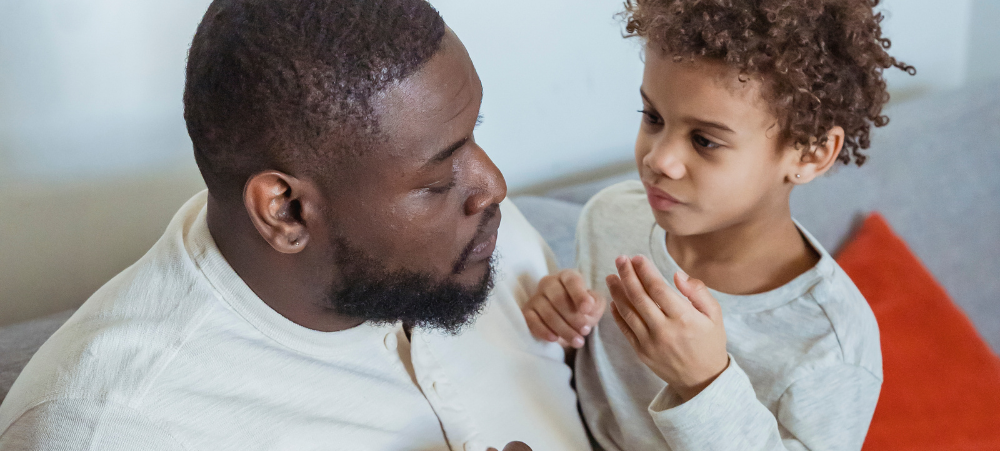Children are born curious. As they explore the world around them – filled with different people, sounds, tastes, and traditions- they begin forming ideas about themselves and others. In South Africa, where cultures weave a rich and colourful national identity, early childhood offers a beautiful opportunity to instil openness, acceptance, and pride in diversity.
“At Dibber International Preschools, we believe that teaching children to value diversity starts long before they enter a formal classroom. It happens not just through books and lessons but through the lived experiences, celebrations, and connections they see around them.
“Diversity is not something we teach in a single lesson. It’s something we live, every day, in how we talk, play, eat, and include,” says Ursula Assis, Managing Director of Dibber International Preschools South Africa. “Our children are growing up in a world where cultural awareness is a superpower, and it’s our responsibility to help them embrace difference with joy, curiosity, and empathy.”
Five Meaningful Ways to Nurture Diversity in Young Children
1. Celebrate Traditions Together
From Diwali to Eid, Chinese New Year to Heritage Day, every celebration is an opportunity to learn about customs, symbols, and stories from around the world. Dressing up in traditional attire, preparing cultural meals, and hearing the stories behind each holiday helps children connect emotionally and visually with cultures beyond their own.
2. Music and Art as Cultural Bridges
Children naturally respond to rhythm, melody, colour, and pattern. Exploring diverse music and art introduces them to new perspectives and creative expressions. Whether they’re learning to play a djembe drum, creating Zulu beadwork, or singing lullabies in isiZulu, these activities lay the foundation for cultural appreciation.
3. Visit Cultural Spaces and Museums
Family outings to places like the Ditsong National Museum of Cultural History in Pretoria or local libraries with multicultural children’s books allow young learners to understand how history, struggle, and celebration shape identity. These visits can spark deeper conversations and help children connect local stories to their own lives.
4. Embrace Differences Through Stories
Storytelling is a powerful tool for empathy. Reading books about children from different backgrounds, abilities, and experiences teaches preschoolers to appreciate differences and recognise common humanity. Conversations around what makes each person special help children grow more compassionate and inclusive.
5. Model Inclusive Behaviours
Children mirror the actions of the adults around them. They learn to do the same when parents, teachers, and caregivers speak respectfully about all cultures, use inclusive language, and build diverse friendships. At Dibber, this is embedded in our daily practices—from how we greet one another to the languages we celebrate in our classrooms.
Heritage Day: A Celebration of Unity in Diversity
In South Africa, Heritage Day on 24 September is more than just ‘Braai Day’. It is a tribute to the people, cultures, and histories that make this country unique. Families come together to share meals like pap and chakalaka, Shisanyama, and milk tart. Communities organise parades and storytelling sessions, honouring traditions passed down through generations.
“When children grow up in spaces that celebrate culture, they grow up with confidence, respect, and a strong sense of belonging. At Dibber, we are proud to walk alongside families in creating a generation that not only learns about the world—but welcomes it with open arms,” concludes Assis.
- Dibber Shares Practical Strategies to Address Year-End Fatigue for Parents and Preschoolers - November 17, 2025
- Helping Children Navigate Change: Dibber Shares Guidance for Smooth School Transitions - November 10, 2025
- What Parents Should Look for in a Preschool: The Power of Play-Based Learning - November 1, 2025





